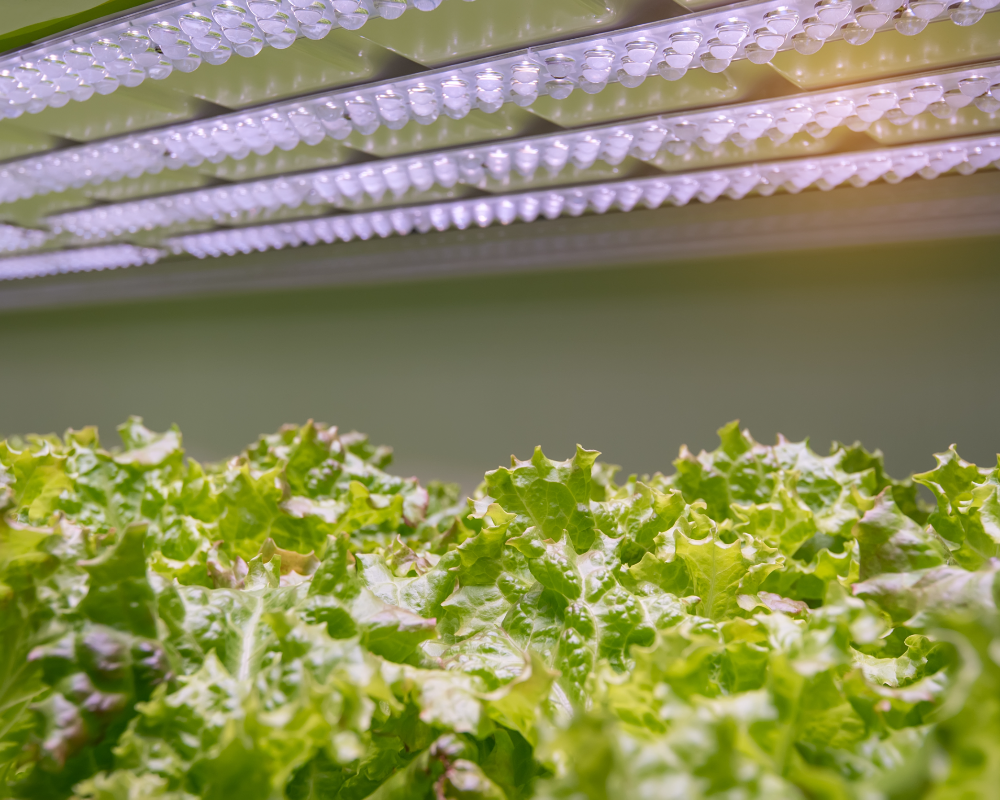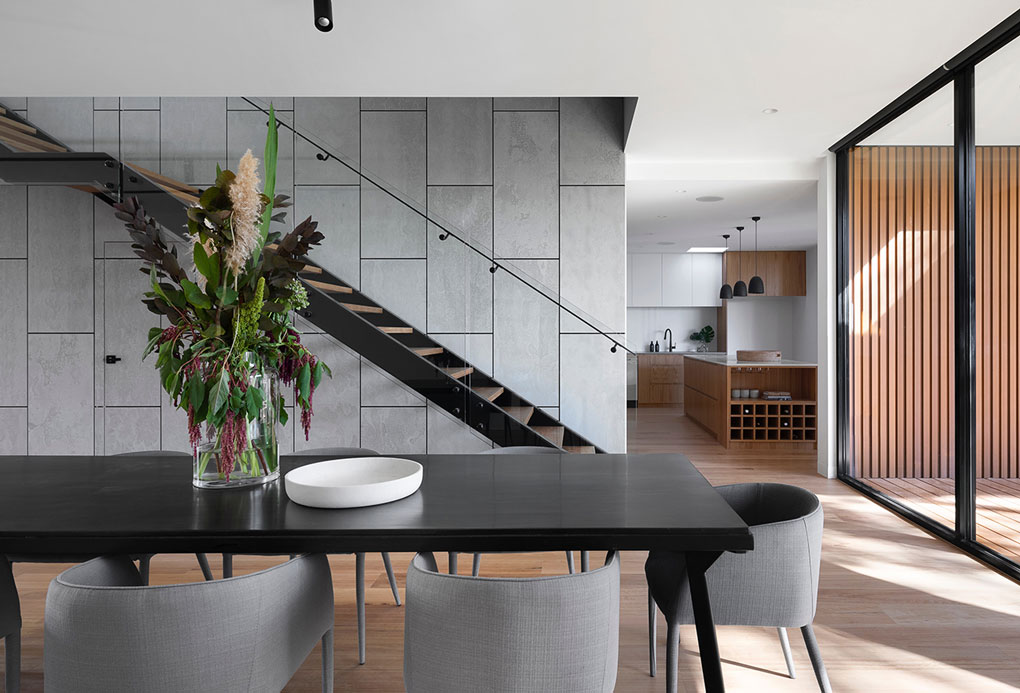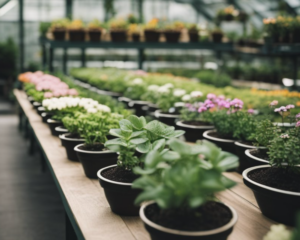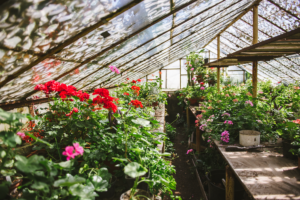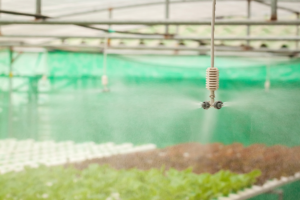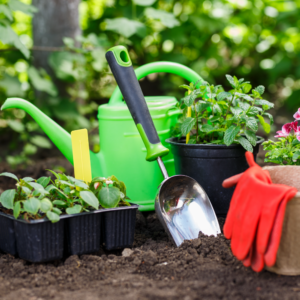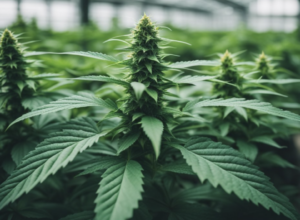Welcome to our comprehensive guide on greenhouse grow lights! In this article, we’re going to explore the various types of grow lights suitable for greenhouse gardening. We’ll cover the factors you should consider when choosing grow lights, setting them up, tips for maximizing plant growth. And let’s not forget about maintenance and troubleshooting (in case you run into any issues). Whether you’ve been at this gardening game for a while or you’re just starting out, understanding the role of grow lights and how to choose the right one is crucial for keeping your plants thriving. So with that out of the way, let’s dive in!
What are Greenhouse Grow Lights?
Understanding the Role of Grow Lights
Greenhouse grow lights are artificial light sources designed to stimulate plant growth by emitting light that’s perfect for photosynthesis. In a greenhouse setting, these lights play a vital role in providing the necessary light spectrum and intensity for your plants to thrive, especially in environments where natural sunlight is limited. Here are just a few of the many benefits they offer:
- They replicate natural daylight to ensure your plants grow optimally.
- LED grow lights are energy-efficient and produce less heat, making them ideal for greenhouse use.
- Grow lights provide a controlled environment for year-round cultivation, allowing you to extend growing seasons.
- Plants respond differently to varying light spectrums, and grow lights can be adjusted to match their specific needs.
Types of Greenhouse Grow Lights
1. LED Grow Lights
LED grow lights have gained popularity for their energy efficiency, longer lifespan, and the ability to produce specific light wavelengths for different growth stages. They are suitable for a wide range of plants and offer excellent heat management, making them a top choice for greenhouse growers.
2. High-Pressure Sodium (HPS) Grow Lights
HPS grow lights are known for their high light intensity and are ideal for flowering plants. They’re cost-effective and provide a strong light output, making them suitable for larger greenhouse setups. However, they require efficient cooling systems due to the heat they produce. So, if you’ve got a bigger greenhouse and don’t mind a little extra cooling effort, these bad boys might be for you.
3. Fluorescent Grow Lights
Fluorescent grow lights are the budget-friendly option, making them suitable for smaller greenhouse setups. They emit a balanced light spectrum and are energy-efficient, but may not provide sufficient intensity for larger plants or dense foliage. If you’re starting small or working with a tight budget, these guys are worth checking out.
- Types of Fluorescent Grow Lights
- T5 Fluorescent Tubes: These are the most common type of fluorescent grow lights. They’re slim, energy-efficient, and emit a bright, cool light that’s great for seedlings and low-light plants.
- Compact Fluorescent Lamps (CFLs): These twist or spiral-shaped bulbs are a compact and versatile option. They come in different sizes and wattages, making them suitable for small to medium-sized growing spaces.
- Cold Cathode Fluorescent Lamps: These long, thin tubes are known for their high light output and efficiency. They’re often used in larger setups or to supplement other grow lights.
- Benefits of Fluorescent Grow Lights
- Cost-Effective: Fluorescent grow lights are generally more affordable than other types of grow lights, making them a budget-friendly choice for hobbyists or those just starting out.
- Energy-Efficient: They consume less electricity than other grow lights, which can help you save on energy bills while being kinder to the environment.
- Cool Operation: Fluorescent lights don’t produce as much heat as other grow lights, making them suitable for smaller, enclosed spaces or for plants that prefer cooler temperatures.
- Best Uses for Fluorescent Grow Lights
- Seedlings and Clones: The cool, balanced light spectrum is perfect for starting seeds and encouraging healthy root development in clones or cuttings.
- Low-Light Plants: Plants that prefer lower light levels, such as certain herbs, lettuces, and houseplants, thrive under fluorescent grow lights.
- Supplemental Lighting: Fluorescent lights can be used to supplement natural sunlight or other grow lights, especially during the winter months or in areas with limited sunlight.
So, while fluorescent grow lights may not be the powerhouses of the grow light world, they’re a reliable, energy-efficient, and budget-friendly option for smaller setups or low-light plants. Don’t underestimate these little guys – they might just be the perfect fit for your greenhouse gardening needs!
4. Metal Halide Grow Lights
Metal halide grow lights are a popular choice for greenhouse growers due to their ability to support the vegetative growth phase of plants. They produce a bluish-white light spectrum, which is optimal for promoting healthy leaf and stem development. Additionally, metal halide lights are effective in enhancing photosynthesis and encouraging robust foliage growth. They’re often used in combination with other grow lights to provide a comprehensive lighting environment for plants.
- Light Spectrum: Metal halide grow lights emit a bluish-white light spectrum, which is ideal for stimulating vegetative growth. Your plants will be rocking those green leaves and sturdy stems!
- Photosynthesis Enhancement: These lights contribute to the augmentation of photosynthesis, supporting the overall health and vitality of your plants. Who doesn’t want their plants to be photosynthesis superstars?
- Complementary Lighting: Metal halide lights are often used in conjunction with other grow lights to ensure comprehensive lighting coverage for plants at various growth stages. Teamwork makes the dream work, right?
- Greenhouse Application: Suitable for maintaining plant health and promoting lush foliage, metal halide lights are a favored choice among greenhouse growers. If you want your plants to be the envy of the neighborhood, these lights might be your secret weapon.
Choosing Your Greenhouse Grow Lights
1. Light Spectrum and Intensity
When selecting grow lights, it’s essential to consider the light spectrum and intensity to match the specific needs of your plants. Different growth stages require varying light spectrums, and the intensity of the light should be adequate to support healthy photosynthesis.
Understanding the Light Spectrum: Have you ever wondered why some plants seem to thrive under certain lights while others struggle? It all comes down to the light spectrum, my friend! Different wavelengths of light, such as red, blue, and white, have unique effects on plant growth and development. Red light promotes flowering, while blue light is crucial for vegetative growth. White light, which contains a balance of all wavelengths, is essential for overall plant health. It’s like a little light symphony for your plants!
Light Intensity Requirements: Now, let’s talk about light intensity. Plants in the vegetative stage typically require lower light intensity, while those in the flowering stage need higher intensity. It’s like adjusting the volume for your plants’ favorite tunes! You gotta make sure you’re giving them the right intensity to keep them rocking that photosynthesis party.
Managing Light Spectrum for Specific Plants: But wait, there’s more! Certain plants have unique light spectrum preferences. For example, leafy greens thrive under blue and red light, while fruiting plants benefit from a broader spectrum that includes yellow and orange wavelengths. It’s like having a customized light show for each plant diva!
2. Energy-Efficiency
Energy-efficient grow lights not only reduce electricity costs but also contribute to sustainable greenhouse practices. LED lights are known for their energy efficiency, making them a popular choice for environmentally conscious growers.
Cost-saving benefits of energy-efficient grow lights: Let’s be real, who doesn’t love saving some green while growing green? Energy-efficient grow lights can help you cut down on those pesky electricity bills, leaving more cash in your pocket for the important things (like buying more plants, of course!).
Environmental impact of energy-efficient lighting: But it’s not just about the money, folks! Using energy-efficient lighting is a win for Mother Nature too. You’ll be doing your part to reduce your carbon footprint and contribute to a more sustainable future. Isn’t that a beautiful thought?
Comparison between different types of grow lights: Not all grow lights are created equal when it comes to energy efficiency. LEDs are the clear winners in this department, using significantly less energy than their traditional counterparts. It’s like choosing between a gas-guzzling SUV and a sleek, eco-friendly electric car for your plants!
Government regulations and incentives for energy-efficient lighting: And hey, did you know that some governments are even offering incentives for using energy-efficient lighting? Talk about a sweet deal! You get to save the planet and some cash at the same time. It’s a win-win situation, my friend.
3. Heat Emission
The heat emitted by grow lights can influence the greenhouse environment. It’s important to consider the heat output of the lights and implement appropriate cooling measures to maintain an optimal temperature for plant growth.
Okay, let’s talk about something that can really heat things up – literally! The heat emitted by grow lights can have a significant impact on the greenhouse environment. It’s like having a personal sauna for your plants, which, let’s be honest, most of them aren’t too fond of. That’s why it’s crucial to consider the heat output of the lights you choose and implement appropriate cooling measures to maintain an optimal temperature for plant growth. You don’t want your green babies to turn into wilted, crispy critters, do you?
4. Lifespan and Durability
When it comes to choosing the right grow lights, lifespan and durability play a crucial role in long-term performance and cost-effectiveness. If you’re not sure why that’s important, let’s delve deeper into the factors that make LED lights stand out:
LED Longevity: LED grow lights are like the Energizer Bunny of the lighting world – they just keep going and going! These bad boys are renowned for their exceptional lifespan, often lasting up to 50,000 to 100,000 hours of continuous use. That’s like having a grow light that can outshine multiple generations of plants! With this extended longevity, you’ll significantly reduce the frequency of replacements, making LEDs a cost-effective choice for indoor gardening enthusiasts.
Performance Stability: But it’s not just about lasting a long time; LED lights also maintain consistent performance throughout their lifespan. It’s like having a reliable, unwavering light source for your plants, ensuring they receive the required light spectrum without the need for frequent adjustments or replacements. No more guessing games or unreliable lighting conditions!
Construction and Durability: LED grow lights are built like little tanks! They’re designed with robust materials and advanced cooling systems, enhancing their durability and resistance to wear and tear. This robust construction makes them suitable for long-term use, even in demanding grow environments. You can practically take these lights on an off-road adventure (though we don’t recommend it!).
By integrating intelligent heat dissipation and quality components, LED lights are engineered to withstand prolonged use while maintaining optimal performance. You know what that means? Yes. You’ll have lower maintenance costs and enhanced energy efficiency. Think of it like having a personal light assistant that never needs a day off! Now, does that sound great or what?
Setting Up Greenhouse Grow Lights
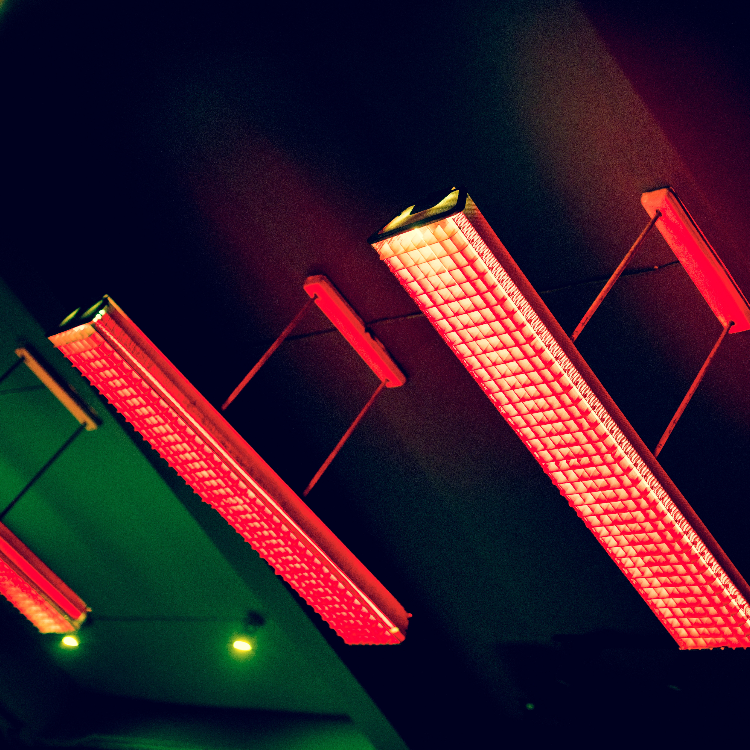
1. Placement and Distance
Imagine this: You’ve got your brand-new grow lights all setup, but your plants are looking a little… well, let’s just say they’re not as thrilled as you are. That’s because you haven’t considered the placement and distance of those lights, my friend! It’s like trying to read a book from across the room – you might be able to make out some words, but you’re definitely not getting the full experience.
So, what’s the deal? Well, different plants have different light requirements, and it’s essential to adjust the distance of the grow lights accordingly. Some plants like to be up close and personal with their light source, while others prefer a little more personal space. It’s all about finding that sweet spot for uniform and healthy growth. Think of it as a delicate dance between your plants and their artificial suns – get the positioning right, and you’ll have a flourishing greenhouse in no time!
2. Timer and Automation
Let’s be honest, keeping track of when to turn those grow lights on and off can be a real headache – especially if you’ve got a busy schedule. But fear not, because this where timers and automation systems come in! It’s like having a personal assistant for your greenhouse lighting needs. When you implement these systems, you’ll ensure consistent light schedules for your plants that mimick the natural daylight cycles. And that translates to more efficient plant growth. Let’s briefly touch on some of the benefits:
Smart Timers: First up, we’ve got smart timers with programmable settings. These bad boys allow you to precisely control the timing and duration of your grow lights, optimizing the light cycle for different plant species. No more guesswork or missed schedules!
Light Synchronization: But wait, there’s more! With the integration of environmental sensors, you can synchronize your grow light schedules with natural daylight patterns. It’s like giving your plants the perfect combination of artificial and natural light. Thereby creating an ideal growing environment that’ll have them thriving like never before.
Remote Access: And if that’s not enough, advanced automation systems offer remote access and control, allowing you to monitor and adjust the lighting schedules from anywhere. Whether you’re at work, on vacation, or just lounging on the couch, you can rest easy knowing your plants are getting the perfect light show.
4. Cooling and Ventilation
Alright, let’s talk about something that can make or break your greenhouse game – cooling and ventilation. This is particularly important when using high-intensity grow lights. Why? Because they can turn your greenhouse into a little slice of the Sahara desert, causing heat stress. And trust me, your plants won’t be too happy about that.
So, what’s the solution? Well, as we just mentioned, it’s all about implementing proper cooling and ventilation strategies. But this is a topic for another day. In another article, we dive deeper into greenhouse ventilation systems. For now, let’s move along in our greenhouse grow light journey.
Tips for Maximizing Plant Growth
1. Optimal Light Schedule
Listen up, green thumbs! You want your plants to grow big and strong, right? Well, then you need to give them the perfect light schedule – we touched on the importance of this earlier.
First things first, you gotta do your research on the light preferences of your specific plant species. Different plants have different light cravings, and it’s your job to cater to their needs. Once you’ve got that figured out, consider using a timer to automate the light schedule (I can’t stress this enough). Consistency is key for your little green friends, and a timer will ensure they get their daily dose of light without any hiccups.
Don’t forget to monitor the intensity of light and adjust the schedule according to seasonal changes. I know we mentioned this already, but I’m saying it again because that’s how important it is! Just like us humans, plants go through different phases, and their light needs might change with the seasons. Stay on top of those changes, and your plants will thank you with lush, vibrant growth.
2. Light Adjustment for Plant Growth Stages
Alright, let’s talk about the different stages of plant growth and how to cater to their unique light needs. Here are the different stages:
1. Seedling Stage: When your little ones are just starting, they require lower-intensity light to prevent burning and promote strong root growth. Think of it as a gentle introduction to the world of light – you don’t want to scare them off with too much intensity right off the bat.
2. Vegetative Stage: As your plants begin to grow and spread their leaves, it’s time to crank up the light intensity. This stage is all about robust leaf and stem development, so give them the light they need to thrive.
3. Flowering Stage: Here’s where things get exciting! Adjust the light spectrum to encourage flowering and enhance fruit and flower production. It’s like giving your plants a special light cue to start putting on their best show.
4. Ripening Stage: Finally, as your plants reach the ripening stage, it’s crucial to provide the right balance of light to ensure the proper ripening of fruits and seeds. Think of it as the final touch, the cherry on top of your plant’s journey to deliciousness.
3. Light Placement for Uniform Growth
Ever notice how some plants in your greenhouse seem to be growing faster or taller than others? Chances are, it’s all about the light placement.
Positioning of Grow Lights: First up, you gotta make sure those grow lights are positioned just right. Taller plants might need the lights to be higher up, while shorter plants prefer their light source to be a little closer to the party. It’s all about catering to their individual needs.
Spacing and Coverage: Next, let’s talk about spacing and coverage. You want to make sure each and every one of your plant babies is getting their fair share of light. So, you’ll need to calculate the appropriate spacing between the plants and the grow lights, and understand the coverage area of your specific grow light models. It’s like setting up the perfect dance floor for your plants to grow and groove.
Effect of Light Spectrum on Plant Growth: But wait, there’s more! Different light spectrums can have varying effects on plant development. Some plants might prefer a little more red, while others thrive under blue or yellow hues. It’s like giving each plant their own personal light therapy session!
Maintenance and Troubleshooting
Cleaning and Inspecting
Listen up, folks! If you want your grow lights to keep shining their brightest and your plants to stay happy and healthy, then regular cleaning and inspection are a must. We’re talking about preventing those pesky dust bunnies and debris from dimming your light output. Trust me, you don’t want your plants feeling neglected and deprived of their precious rays!
But it’s not just about keeping things clean – proactive troubleshooting is key. By staying on top of your inspections, you can catch potential issues early on and nip them in the bud before they become bigger problems. It’s like giving your grow lights a regular checkup to make sure they’re running at peak performance.
- It prevents reduction in light output due to accumulated dust and debris.
- It identifies potential issues early, allowing for proactive troubleshooting.
So, how often should you be cleaning and inspecting them? It’s recommended to do it every 1-2 months, or even more frequently if you’ve got a high-traffic growing area. You know, where things tend to get a little messier and rowdier.
The Cleaning Process
Now, let’s talk about the cleaning process itself. First up, you can use a soft, dry cloth to gently wipe down the surface of the grow light and remove any dust or dirt. But if you’re dealing with some stubborn grime, don’t be afraid to break out a mild, soapy water solution and a soft cloth to really give those lights a good scrub-down.
Just a friendly reminder – avoid using harsh chemicals or abrasive materials. You don’t want to risk damaging the surface or components of your precious grow lights. Treat them with the same care and respect you’d give your own plants!
The Inspection Process
When it comes to inspections, there are a few key things to keep an eye out for:
- Check for any signs of physical damage, like cracks or dents in the housing or protective covers.
- Ensure that all electrical connections and components are secure and free from corrosion.
- Inspect for signs of overheating, such as discoloration or warping of the light fixtures.
- Verify that the light intensity and spectrum are consistent across the entire grow area.
By staying on top of these regular cleaning and inspection routines, you’ll be setting your grow lights – and your plants – up for success. It’s like giving them a little TLC to ensure they keep shining their brightest and doing their job to the fullest. Trust me, your green babies will thank you!
Common Issues and Solutions
Alright, let’s talk about some of the common issues you might run into when growing plants under artificial lights. Because let’s face it – even with the best grow lights and the most carefully planned setup, things can still go sideways sometimes. But don’t worry, we’ve got you covered with some solutions to keep your plants thriving!
Light Flickering
Have you ever noticed your grow lights doing a little disco dance? That’s what we call light flickering, and it can really mess with your plants’ photosynthesis process, leading to stunted growth. More often than not, this is caused by faulty electrical connections or a failing ballast. But fear not – you can bust out your detective hat and inspect those electrical connections. If needed, swap out that old ballast for a shiny new one, and your lights will be back to their steady, reliable selves in no time!
Color Shifts
Sometimes, you might notice the color of your grow lights looking a little… off. This could be a sign that there are issues with the spectrum and intensity of the lights. But don’t panic – you can save the day by adjusting the light settings. Tinker with those settings until you’ve corrected the color shifts and ensured that your plants are getting the perfect spectrum for each stage of their growth journey.
Reduced Output
Picture this – you’ve been lovingly tending to your plants, giving them everything they need, but they’re just not producing the yields you expected. What gives? Well, there could be a few culprits at play here, like nutrient deficiencies, light stress, or even aging grow lights that just aren’t pulling their weight anymore. It’s time to put on your plant detective hat and conduct a thorough assessment of the growing conditions. Check those nutrient levels, make sure your plants aren’t getting too much or too little light, and if needed, consider upgrading to some fresh, new grow lights. With a little investigation and some tweaks, you’ll have your plants back to their overachieving selves in no time!
Remember, understanding and addressing these common issues is crucial for maintaining that sweet spot of optimal plant growth. By staying vigilant and being proactive with your troubleshooting, you’ll be able to keep your plants happy, healthy, and thriving under those amazing grow lights. And trust me, there’s no better feeling than seeing your green babies flourish!
Conclusion
Well, folks, we’ve covered a lot of ground in this ultimate guide to greenhouse grow lights. We’ve explored the different types of lights, factors to consider when choosing them, setting them up for optimal growth, and even some tips for troubleshooting common issues. It’s been quite the journey!
But here’s the thing – at the end of the day, it all comes down to you and your green thumb. You’re the mastermind behind your greenhouse paradise, and with the right knowledge and tools (like those snazzy grow lights), you’ve got the power to create a thriving oasis that’ll be the envy of gardeners everywhere.
So, whether you’re a seasoned pro or just starting out on your greenhouse adventure, always remember that your plants are counting on you. They’re like your little green babies, and with the perfect balance of light, love, and a whole lot of TLC, you can help them reach their full potential.
And hey, if you ever feel overwhelmed or stuck, just remember – you’ve got this! With a little patience, perseverance, and maybe a few late-night pep talks to your plants (don’t worry, we won’t judge), you’ll be well on your way to creating a greenhouse that’s nothing short of spectacular.
So, what are you waiting for? Get out there and start shining some light on your plant babies! Experiment with different grow lights, find what works best for your setup, and most importantly, have fun with it. Because at the end of the day, that’s what gardening is all about – enjoying the journey and marveling at the incredible wonders of nature.
Happy growing, my fellow green thumbs! May your greenhouses be bountiful, your plants be happy, and your grow lights always shine bright. Now if you’ll excuse me, I have some plants to talk to.
FAQs
- Can I use regular LED bulbs instead of specialized LED grow lights in my greenhouse? While regular LED bulbs emit light, they do not provide the optimal spectrum for plant growth. LED grow lights are specifically designed to emit wavelengths that promote photosynthesis, growth, and flowering. Using regular LED bulbs may result in slower growth and reduced yields compared to using proper LED grow lights.
- How do I calculate the number of grow lights needed for my greenhouse? To determine the number of grow lights needed, consider factors such as the size of your greenhouse, the type of plants you’re growing, and the light intensity required. As a general rule of thumb, aim for a minimum of 20-40 watts per square foot for low-light plants and 40-70 watts per square foot for high-light plants. Consult the manufacturer’s recommendations for your specific grow lights and adjust according to your greenhouse’s unique requirements.
- Can I mix different types of grow lights in my greenhouse? Yes, you can mix different types of grow lights to achieve the desired spectrum and intensity for your plants. For example, combining HPS lights for flowering and MH lights for vegetative growth can provide a comprehensive light spectrum. However, be mindful of the heat output and energy consumption when mixing lights, and ensure proper ventilation and cooling to maintain optimal growing conditions.
- How high should I hang my greenhouse grow lights above the plants? The optimal hanging height for grow lights depends on the type of light and the growth stage of your plants. As a general guideline, hang HPS and MH lights 12-24 inches above the plant canopy, while LED lights can be placed 6-12 inches above, as they emit less heat. Adjust the height as your plants grow, maintaining the recommended distance to prevent light burn or stretching.
- How long should I keep my grow lights on in the greenhouse? The duration of light exposure depends on the specific plants you’re growing and their natural light requirements. Most plants thrive with 12-16 hours of light per day, mimicking the natural daylight cycle. However, some plants, like certain vegetables and herbs, may require up to 18 hours of light. Research the light needs of your specific plants and adjust your grow light schedule accordingly. Using a timer can help automate the lighting schedule for consistent results.

